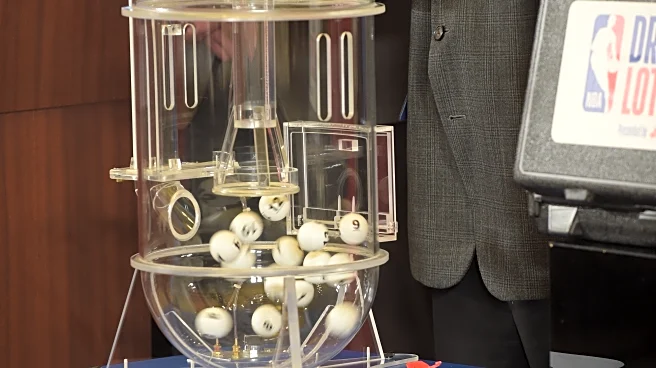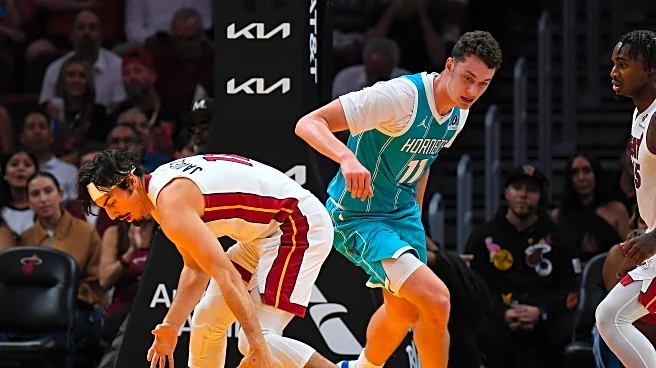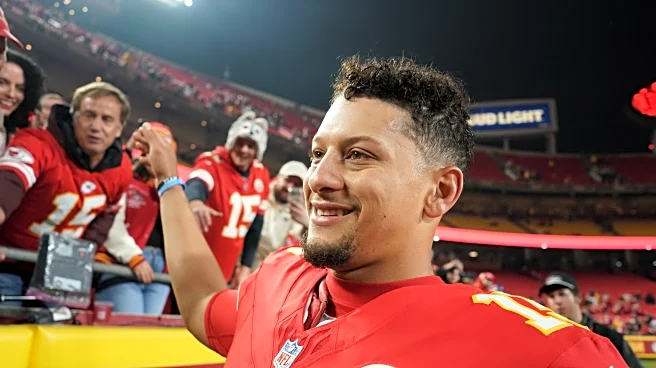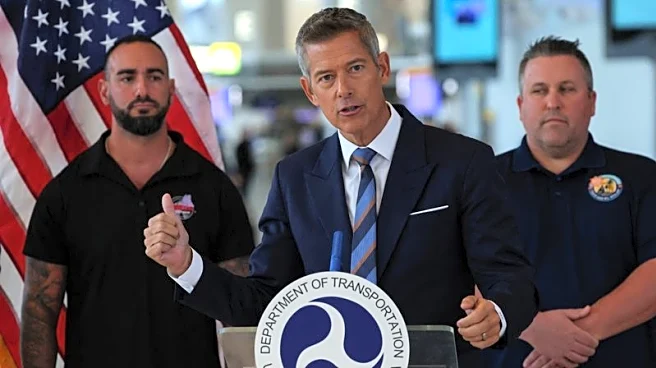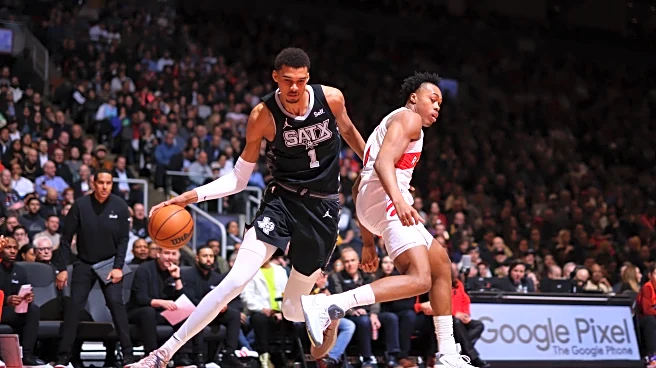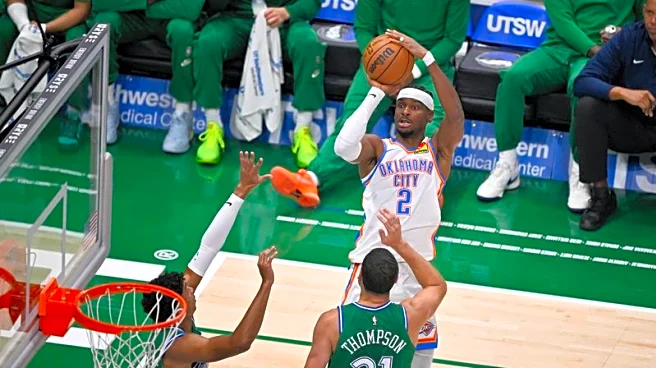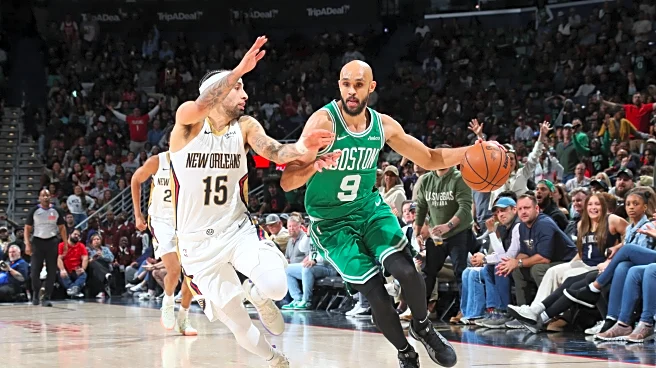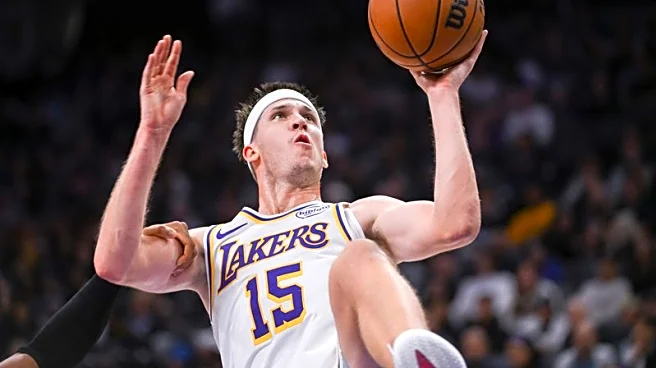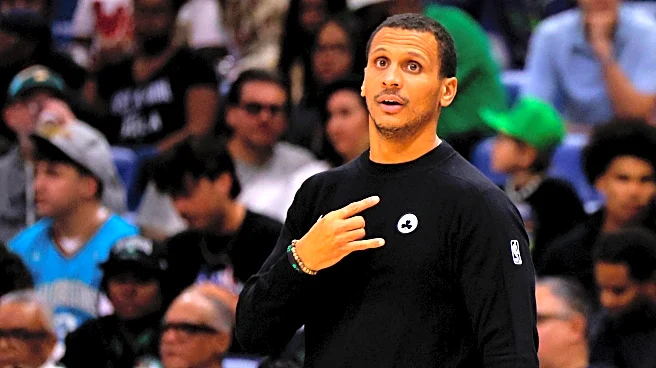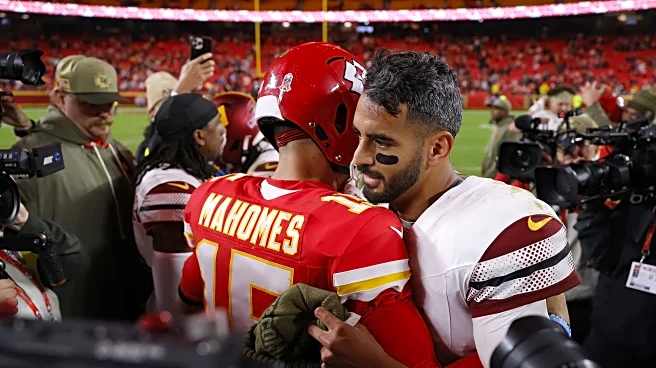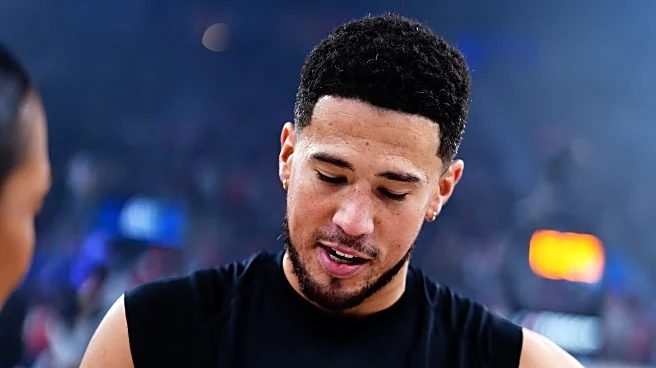As the Phoenix Suns get ready to face the Memphis Grizzlies tonight, there are plenty of matchups to watch, rotations for head coach Jordan Ott to consider, and ways the team can chase its second win of the season.
There are many storylines surrounding this game, but one worth remembering is that the Grizzlies have extra motivation. They are one of the teams hoping to see the Suns stumble, since they are one of many that may lay claim to Phoenix’s 2026 first-round pick, a selection that could end up in the lottery.
One of the biggest downsides of trading away draft capital is that you no longer have it to rely on. Duh. The cupboard is bare, and for a team that’s clearly in a retool that could soon turn into a rebuild, that’s a rough spot to be in. When you’re trying to move forward from past mistakes, it’s hard to rebuild without the pieces needed to do it right.
No matter how hard Phoenix plays this season, the reality is they’ll likely finish well below the .500 mark. In a normal year, that would mean a lottery pick. This year, there’s nothing waiting at the end of that road.
You can talk about culture and acquiring the type of player you want representing your organization all you want, but losing takes a toll. Players grow frustrated. They look for a way out of a situation that feels unstable. That kind of turnover feeds more losing, and soon the team is stuck in a downward cycle that’s almost impossible to pull out of without draft assets to reset the foundation.
That’s the real challenge facing the Suns this season. They don’t control their own first-round pick until 2032. By then, I’ll be 50.
When you try to figure out where the Suns’ 2026 first-round pick might end up, it feels a bit like trying to decode quantum physics. Swaps. On swaps. On swaps. A web of transactions, a maze of scenarios.
To make sense of it, you have to trace it back to when Phoenix actually owned it, all the way to June 2023. Like many of the team’s recent missteps, the story begins with the trade that brought Bradley Beal to the Valley of the sun…
The origin story: The Bradley Beal trade
Back in June of 2023, the Phoenix Suns still owned their 2026 first-round pick. By then, their stash of draft capital was already running thin. A few months earlier, they had traded four first-round picks to the Brooklyn Nets for Kevin Durant, those being in 2023, 2025, 2027, and 2029.
The NBA’s Stepien Rule prevents teams from trading first-round picks in consecutive years. That rule exists because in the 1980s, the Cavaliers’ owner traded away five straight years of picks, leaving the team helpless for years. The league decided that no franchise should suffer that fate again because of one owner’s poor decisions.
There’s a workaround, though. Teams can trade pick swaps in the years between the ones they’ve already traded. That way, they technically still have a pick, even if it ends up being the lesser of two. Or three. Or four.

That brings us to the summer of 2023, when the Suns were tempted by Bradley Beal. Beal had signed a five-year, $251 million contract the previous summer with the Washington Wizards, complete with a rare no-trade clause. After a 35-win season in which he averaged 23.2 points per game, he wanted out, and Phoenix was his preferred destination. The Suns, eager to form a new Big Three and unconcerned with how similar Beal’s skill set was to Devin Booker’s, went all in.
In the deal, Phoenix sent Chris Paul, Landry Shamet, and four second-round picks to Washington, along with multiple first round pick swap considerations in years 2024, 2026, 2028, and 2030. Damn, that’s depressing.
That’s where the 2026 pick’s complicated journey begins.
The summer of swaps
On paper, it looked simple: the Wizards had the right to swap their 2026 first-round pick with the Suns. But it didn’t stay that simple for long. Phoenix later traded part of their side of the swap — not the pick itself, but the right to swap — to the Orlando Magic a month after the Beal deal. So now a third team was involved.
Here’s how that worked.
If the final 2026 draft order had Washington picking 4th, Orlando 20th, and Phoenix 26th, everyone would keep their pick. But if it were Phoenix 4th, Washington 12th, and Orlando 15th, Washington could choose to swap up into Phoenix’s pick, and Orlando would bump up to 12, giving Phoenix 15th. So, after the deal, the Suns would have a pick, it was just be the worst between themselves, the Wizards, and the Magic.
In exchange, the Suns received three second-round picks: Denver’s 2024 pick, the least favorable of Orlando’s, Detroit’s, or Milwaukee’s 2026 second-rounders, and Boston’s 2028 second-rounder (top-45 protected).
Then came another twist.
The Memphis connection
Orlando added Memphis to the chat. They traded the better part of their swap with Phoenix to the Memphis Grizzlies this past offseason as part of the deal that sent Desmond Bane to the Magic.
The Grizzlies now own the better pick swap rights tied to the Suns’ 2026 first-rounder. They also hold swap rights with Orlando’s own 2026 first round pick as part of the deal. So, like Inception, it’s a swap within a swap. If the Grizzlies end with a better record than Orlando and Phoenix, they can swap, and they can swap up to the better pick of the two. Not likely to occur, but a possibility.
At this point, the Wizards, the Magic, and now the Grizzlies have vested interest in where Phoenix finishes. If Washington ends up with a better draft pick than Phoenix, they’ll keep their pick. If Memphis finishes with a better draft pick than Phoenix, Washington, and Orlando, Washington can swap its pick for the Suns’, which then routes through Memphis via Orlando, meaning the Suns would end up with the worst pick out of those four.
Of course, there are multiple scenarios, all based on how these teams fall in the draft, each with its little caveats and options to exercise the pick swap or not.
Confused yet? And it gets even more complex.
John Wall? Russell Westbrook?
When the Suns first made the deal with Washington, they were aware that the Wizards’ own 2026 pick was already encumbered. Back in 2020, Washington traded John Wall and a conditional first-round pick to Houston for Russell Westbrook. That pick later landed with the New York Knicks. It’s protected through the top 12 in 2024, top 10 in 2025, and top 8 in 2026. Neither 2024 nor 2025 conveyed, so it will be a factor in 2026.
So for Washington to keep its own pick in 2026, it needs to finish with a top 8 draft pick. If they do, they keep it. If not, it goes to the Knicks.
For the Suns, that risk seemed irrelevant at the time. They expected their new Big Three to keep them well out of the lottery, so protections or potential swaps felt like background noise.
If the Wizards earn a top 8 pick, they keep it. If the Suns end up with a higher pick than Washington, the Wizards can swap theirs, sending that new asset to Memphis. If Phoenix’s pick lands worse than Washington’s, Memphis still benefits from the chain of swaps.
And there’s more.
The Charlotte wildcard
As part of the Jusuf Nurkic trade this past February, the Suns sent their tangled 2026 swap rights again, this time to Charlotte. That was the price of moving off Nurkic’s deal. And in doing so, they negated any optionality of obtaining the pick. This wasn’t what we’d seen earlier in the Suns’ 2026 first round pick’s life, where it was traded to a team as a swap within a swap. This was an outright trade of that pick, with the end result being the Hornets get the pick if no one in the swap food chain opted to use the pick.
So now, Charlotte holds the worst of the worst of the worst outcome in this web of swaps, and Phoenix lays no claim to any pick. They will simply play their season out, and wherever their draft pick ends up, someone else will get it. For Charlotte, the only scenario where they actually get the pick is if Phoenix somehow finishes with a better record than Charlotte, Washington, Memphis, and Orlando.
If the Wizards finish with a pick between 9 and 30 in 2026, their selection goes to the Knicks, and all the protections roll forward. Washington would receive a couple of second-rounders from New York, and the tangled mess of pick swaps would continue its slow, confusing march into the future.
So what does it all mean?
Did you get all of that? Does it make your head spin? I’m still not sure of how it all works out, but I do know that a helpful flow chart could help you understand. I know it helps me. Using this flow chart as inspiration that I found on Reddit, here is how it all works:

The bottom line? The Suns’ 2026 first-round pick is long gone, buried under layers of swaps and protections that touch half the league. What began as one trade for Bradley Beal turned into a chain reaction of moves that stripped Phoenix of one more piece of its future. And Memphis tonight? They would benefit more than just in the standings if they beat the Suns tonight.
